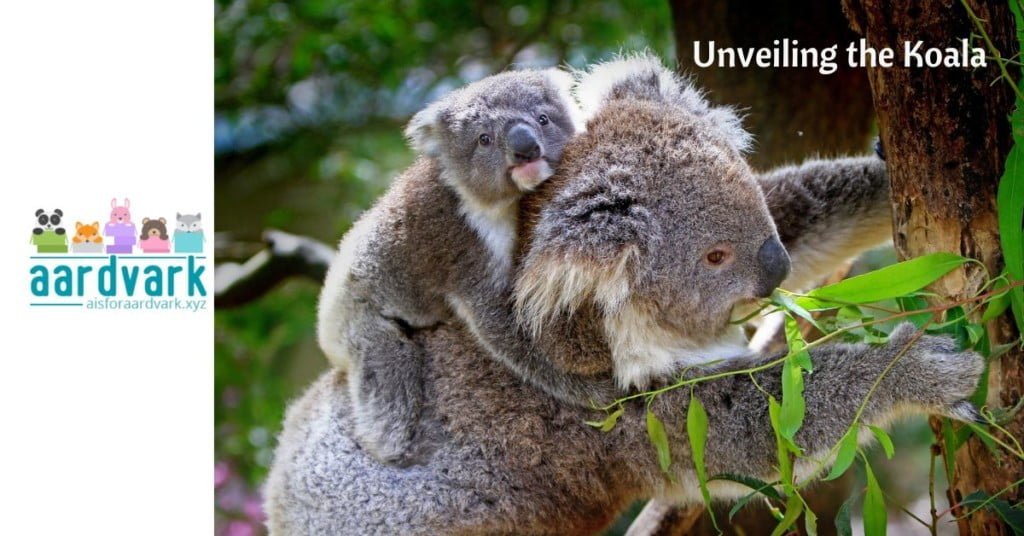Koalas have become symbols of Australia’s unique wildlife, but they’re popular around the world. Their distinctive appearance and gentle demeanor make them favorites of young and old alike. These adorable marsupials, members of the Phascolarctidae family, are known for their fluffy ears, spoon-shaped noses, and tranquil nature.
Let’s delve into the world of these fascinating creatures and discover more about their lives and habitats.
Diversity of Koalas
Koalas are not as diverse as some other species, with only one surviving species, the Phascolarctos cinereus. However, there are notable variations in size and coloration among koalas from different regions of Australia. For instance, Koalas in the cooler southern regions tend to be larger and have thicker, darker fur compared to their northern counterparts.
Size, Weight, and Coloration
Koalas are relatively small marsupials, with northern koalas weighing about 14 pounds (6.5 kg) and southern koalas up to 30 pounds (14 kg). They measure about 24 to 34 inches (60 to 85 cm) in length
Their fur varies from light gray to brown, providing camouflage in their tree habitats.
Diet and Habitat
Koalas are herbivores, feeding almost exclusively on eucalyptus leaves. These leaves are toxic to most other animals, though, so there isn’t much competition for food. Their specialized diet requires them to inhabit regions rich in eucalyptus trees.
Koalas inhabit a range of forest types, including eucalypt woodlands and coastal island forests in Eastern Australia. They are highly dependent on these ecosystems, not just for food but also for shelter and moisture.
Intelligence and Behavior
Koalas are solitary animals and spend most of their time sleeping and resting in the forks of trees. They communicate with each other through a range of vocalizations, particularly during the breeding season. Despite their sleepy nature, koalas have a good memory, especially when it comes to remembering the locations of favorable eucalyptus trees.
Lifespan, Breeding Habits, and Raising Offspring
Koalas live for about 10 to 15 years in the wild. They reach sexual maturity at about 3 to 4 years of age. The breeding season is typically from September to March.During courtship, males call loudly to attract females and may compete with other males.
Pregnant females give birth after about 35 days. They give birth to a single joey, which then climbs into her pouch for further development. The joey remains in the pouch for about six months before emerging to ride on its mother’s back. During this period, the mother and joey form a strong bond, with the mother teaching the joey about feeding and navigating their arboreal world.
A group of koalas is often referred to as a ‘colony’ or a ‘population,’ although they are usually solitary creatures.
Koalas in Human Society
Koalas have a significant place in Australian culture and are a major attraction for wildlife tourism. They are also important in Aboriginal culture, featuring in many myths and folklore. In modern times, koalas have become symbols for wildlife conservation, highlighting the importance of preserving their natural habitats.
With their charming personalities and unique lifestyle, koalas are truly captivating animals. Their specialized dietary needs, dependency on specific habitats, and the adorable way they raise their young highlight the delicate balance of nature. Whether lazily lounging in a eucalyptus tree or tenderly caring for their joeys, they continue to enchant and remind us of the beauty and fragility of the natural world.


